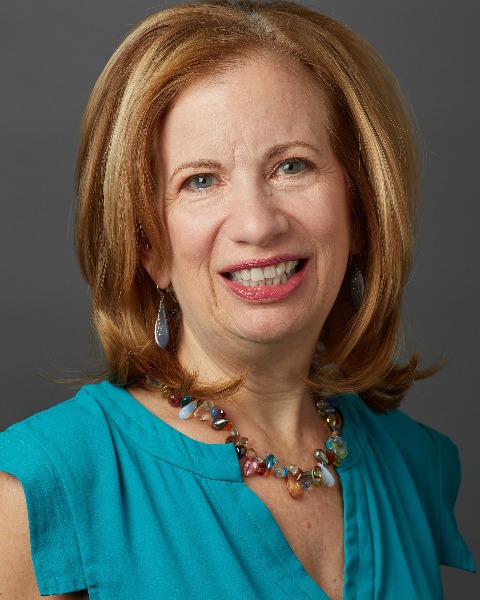Medical Education
Session: Medical Education 2
531 - Many Pediatric Fellows Do Not Meet the Minimum Level of Supervision at Graduation but Still Pass Their Subspecialty Certifying Exam
Friday, May 3, 2024
5:15 PM - 7:15 PM ET
Poster Number: 531
Publication Number: 531.259
Publication Number: 531.259

Pnina Weiss, MD, MHPE (she/her/hers)
Professor of Pediatrics, Vice Chair of Education
Yale School of Medicine
New Haven, Connecticut, United States
Presenting Author(s)
Background: At the end of training, fellowship program directors (FPDs) attest whether graduating fellows are competent to practice without supervision. However, there are no specific criteria on which to base this decision. Entrustable Professional Activities (EPA) provide one measure to determine whether fellows meet a set standard.
Objective: We examined if pediatric fellows are meeting the minimum level of supervision (LOS) at the time of graduation for the clinical EPAs in each subspecialty and whether there was a difference in subspecialty certification if they did not meet the minimum LOS.
Design/Methods: From 2019 through 2022, Clinical Competency Committees provided EPA LOS ratings for fellows at each spring Milestone reporting period. Clinical (Handovers, Consultation and Lead Team and subspecialty-specific) EPA LOS ratings of graduating fellows were compared to the expected minimum LOS at graduation previously established by FPDs. The number of fellows who did not meet the minimum LOS was determined, along with those who passed their subspecialty certification exam, and subspecialty differences were examined.
Results: Data were collected for 1480 graduating fellows, representing 27% of those completing fellowship (Table). 117 fellows (7.9%) did not meet the expected LOS for at least 1 EPA. Consultation was the most common EPA in which fellows did not achieve the minimum LOS (n=67). Differences among the subspecialties were found (p < 0.001). Subspecialties with the greatest percentage of fellows not meeting the minimum LOS were hematology/oncology and cardiology, while rheumatology and developmental and behavioral pediatrics had the least (Figure). Of the 115 fellows who did not achieve the expected LOS at graduation and had the opportunity to take their subspecialty certification exam, 77 (67.0%) passed the exam. Those who met the minimum LOS for all EPAs had a higher certification rate than those who missed at least one EPA LOS (75.6% vs. 67%, p=0.04).
Conclusion(s): These data indicate that a substantial number of fellows are not meeting the expected LOS at graduation, especially considering that the sample represents ~ 1/4 of graduating fellows. Nonetheless, most are permitted to sit for their subspecialty certification exam, an assessment of knowledge, not performance. Since the minimum LOS chosen by FPDs for all clinical EPAs includes indirect supervision, some fellows may need even more than that after graduation. EPAs can provide a reasonable approach to ensure that graduating fellows are able to practice with minimal or no supervision.

PAS subspecialty compliance 10-25-23 hi res.jpeg
